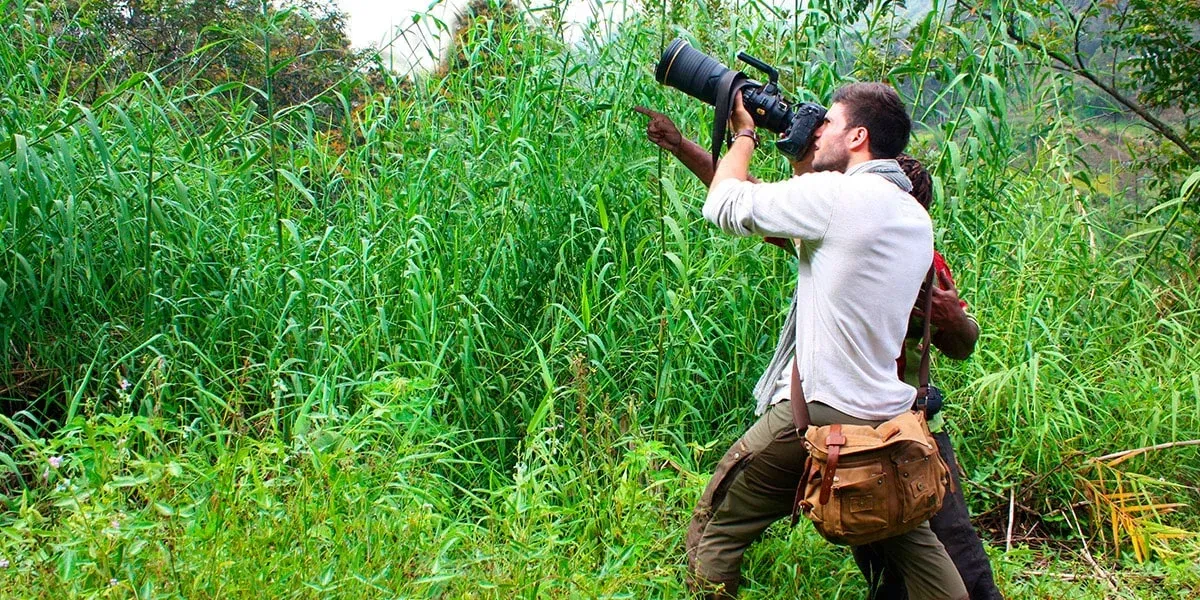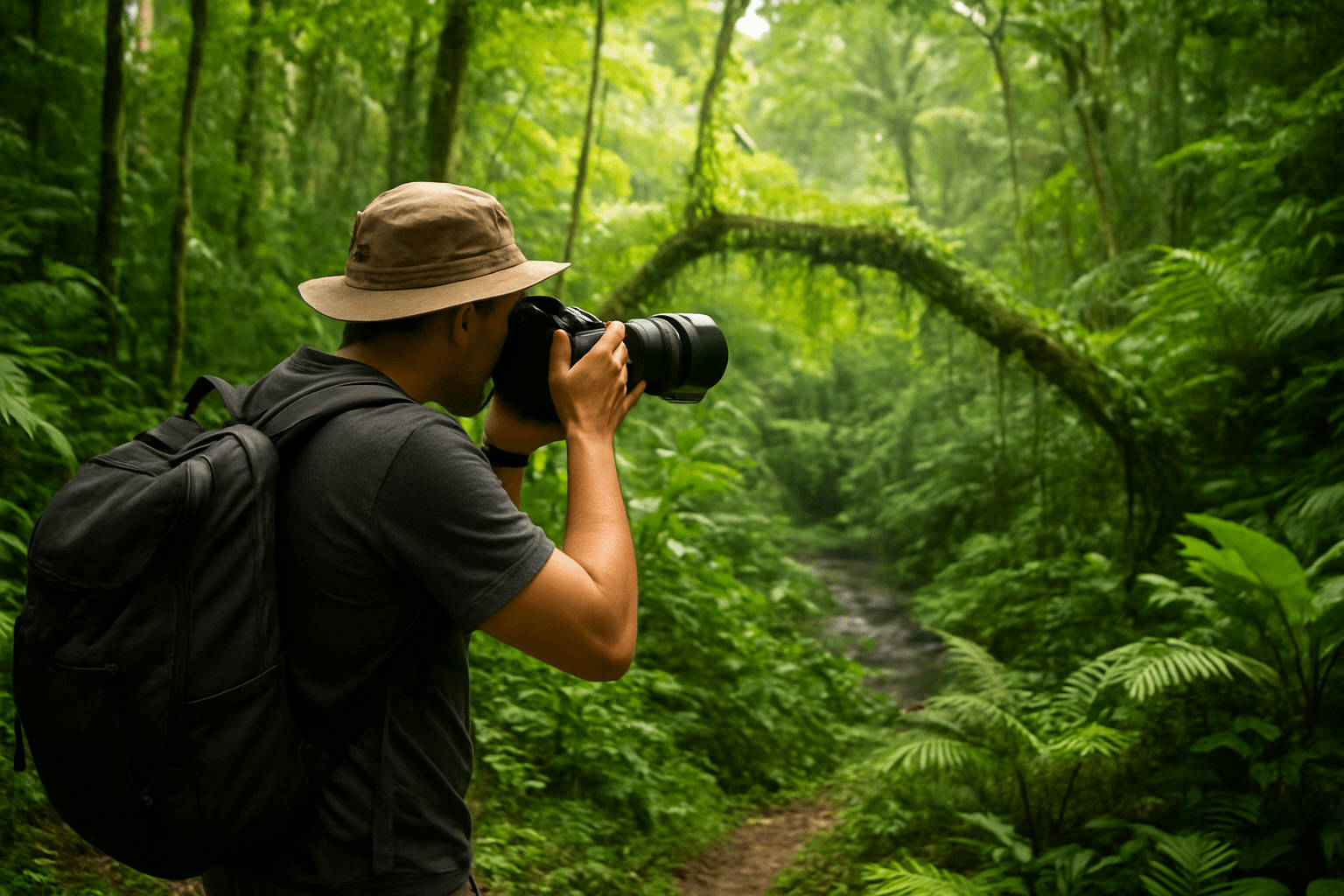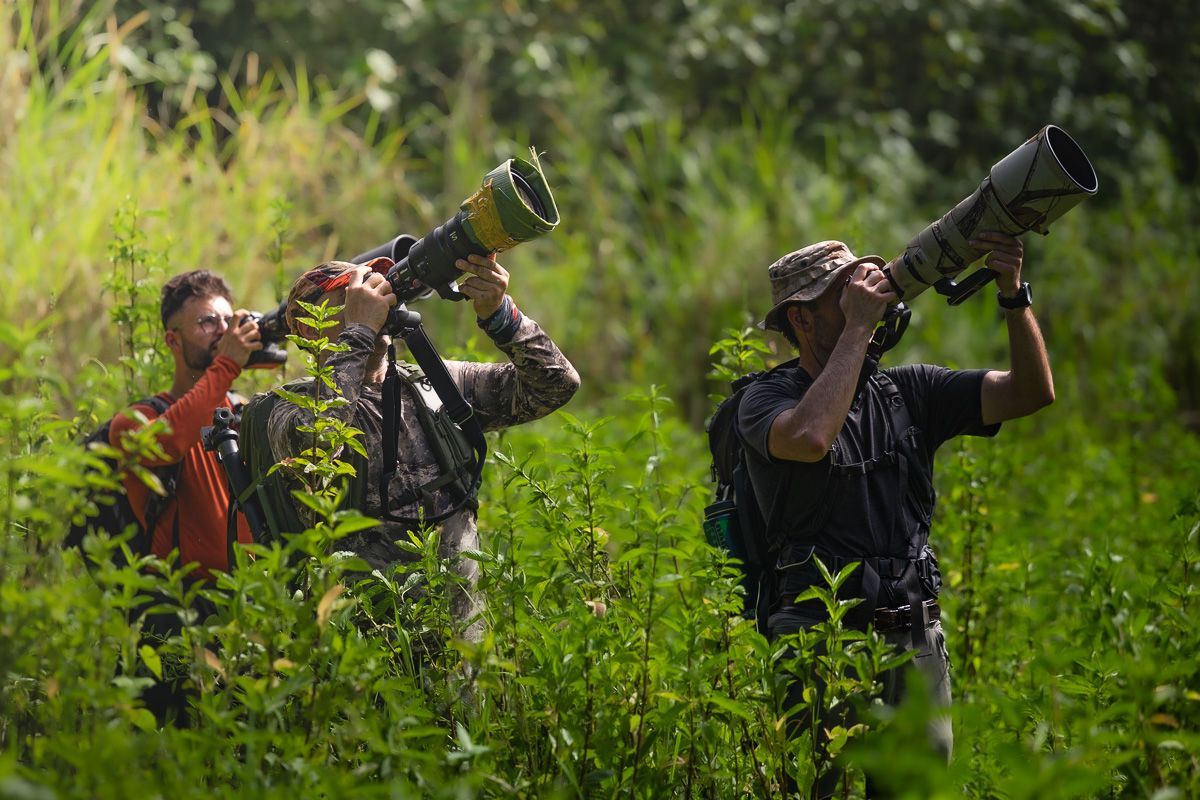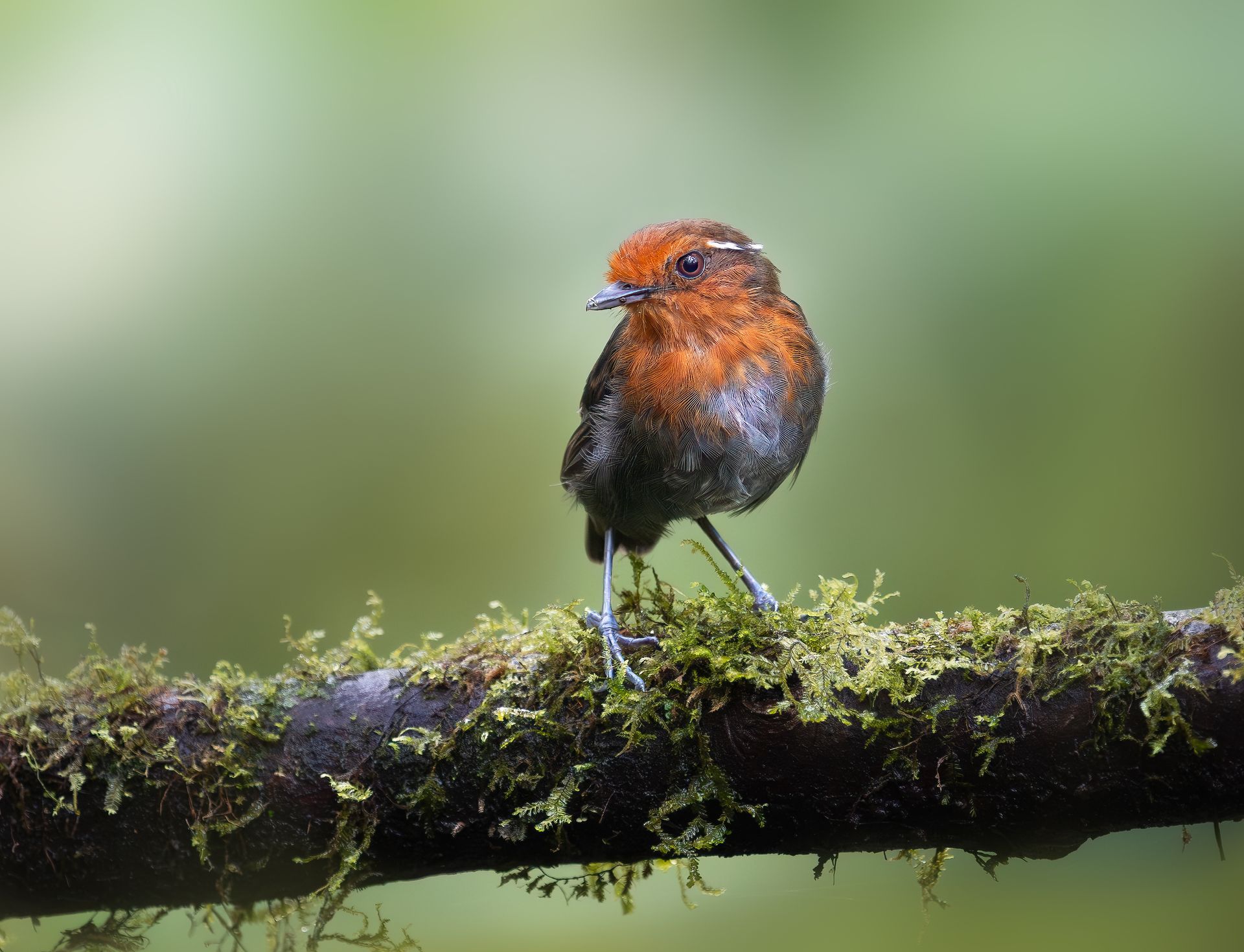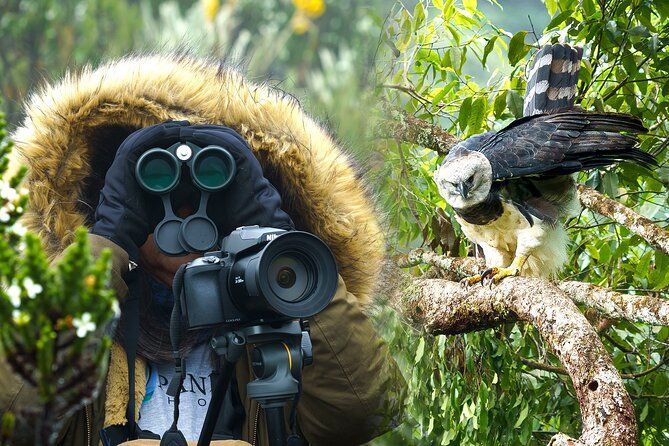White-Tipped Sicklebill: A Hummingbird with a Curved Beauty of Colombia
The White-tipped Sicklebill (Eutoxeres aquila) is a marvel of avian evolution and one of the most unique hummingbirds found in Colombia. Known for its dramatically curved bill, this species is perfectly adapted to feeding on the deep, curved corollas of specific tropical flowers. For birders and photographers, encountering the White-tipped Sicklebill in the wild is a highlight—an opportunity to witness nature's specialization and beauty in motion.
Why the White-Tipped Sicklebill Is Special
- Curved Bill Design: Unlike other hummingbirds, its sickle-shaped bill curves almost 90 degrees, ideal for heliconia flowers.
- White-Tipped Tail Feathers: A distinct visual trait that gives the bird its name.
- Elusive Behavior: Often stays hidden in dense understory, darting quickly between flowers.
- Pollination Role: Plays an important ecological role in tropical forest plant reproduction.
Top Locations in Colombia
This species favors humid lowland and foothill forests, particularly in regions with abundant flowering plants.
Recommended Sites:
- El Pangán Reserve (Nariño): One of the best locations for photographing this bird.
- Parque Nacional Natural Utría (Chocó): Dense rainforest where heliconias are plentiful.
- Reserva Natural Tanimboca (Amazonas): Tropical forest habitat where sightings have been recorded.
- Amacayacu National Park (Amazonas): Offers remote forest conditions ideal for this species.
These reserves offer lush habitat and are often accompanied by expert local guides familiar with flower hotspots.
When to Plan Your Visit
- Peak Bloom Season (March to May; October to December): When heliconia and other curved flowers bloom.
- Early Morning Hours (6:00 AM to 9:00 AM): Birds are more active and light is softer.
- After Rainfall: Increased nectar availability brings more hummingbird activity.
Best Photography Gear
To capture this tiny, fast-moving bird in low-light forest conditions, specific gear is recommended:
- Camera Body: Fast autofocus, high ISO capabilities, and silent shutter modes.
- Lens: A 300–600mm telephoto lens with fast aperture (f/2.8–f/5.6).
- High-Speed Flash (Optional): When ethically used, can help freeze wing motion.
- Tripod or Monopod: Helpful for long stints near favorite feeding flowers.
- Rain Covers: For both gear and yourself; forest humidity is intense.
Techniques for Photographing the Sicklebill
- Wait by Flower Clusters: Locate heliconia patches and wait patiently.
- Use Burst Mode: Helps capture the fleeting moment when the bird hovers or feeds.
- Focus on the Eye: As with all bird photography, a sharp eye is essential.
- Natural Framing: Include flowers or forest elements for environmental storytelling.
- Use Natural Light When Possible: Let the bird's iridescence shine.
Ethical Photography Considerations
- Avoid Flash Near Nesting Sites: Respect breeding privacy and avoid disturbance.
- Never Trim Foliage: Allow natural composition and habitat to remain undisturbed.
- Don’t Use Feeders: The White-tipped Sicklebill prefers specific wild flowers; feeders disrupt behavior.
- Minimize Noise and Movement: These birds are shy and startle easily.
Join Retorno Photo Tours
At Retorno Photo Tours, we help nature photographers find and ethically photograph Colombia’s most unique species, including the elusive White-tipped Sicklebill. Our services include:
- Custom Itineraries: Tailored to find specialty hummingbirds in Colombia’s richest habitats.
- Local Experts: Our guides know when and where flowers bloom.
- Comfortable Accommodations: Stay close to action without sacrificing comfort.
- Hands-On Support: From gear setup to post-processing tips.
Conclusion
The White-tipped Sicklebill is more than just a hummingbird—it's a testament to the intricate relationships between birds and plants in Colombia's vibrant ecosystems. With its curved elegance and fleeting movements, photographing this species is a rewarding challenge for any serious bird photographer.
Join Retorno Photo Tours and explore Colombia’s tropical jungles, where the curved beauty of the Sicklebill awaits amid the petals and shadows of the rainforest.




